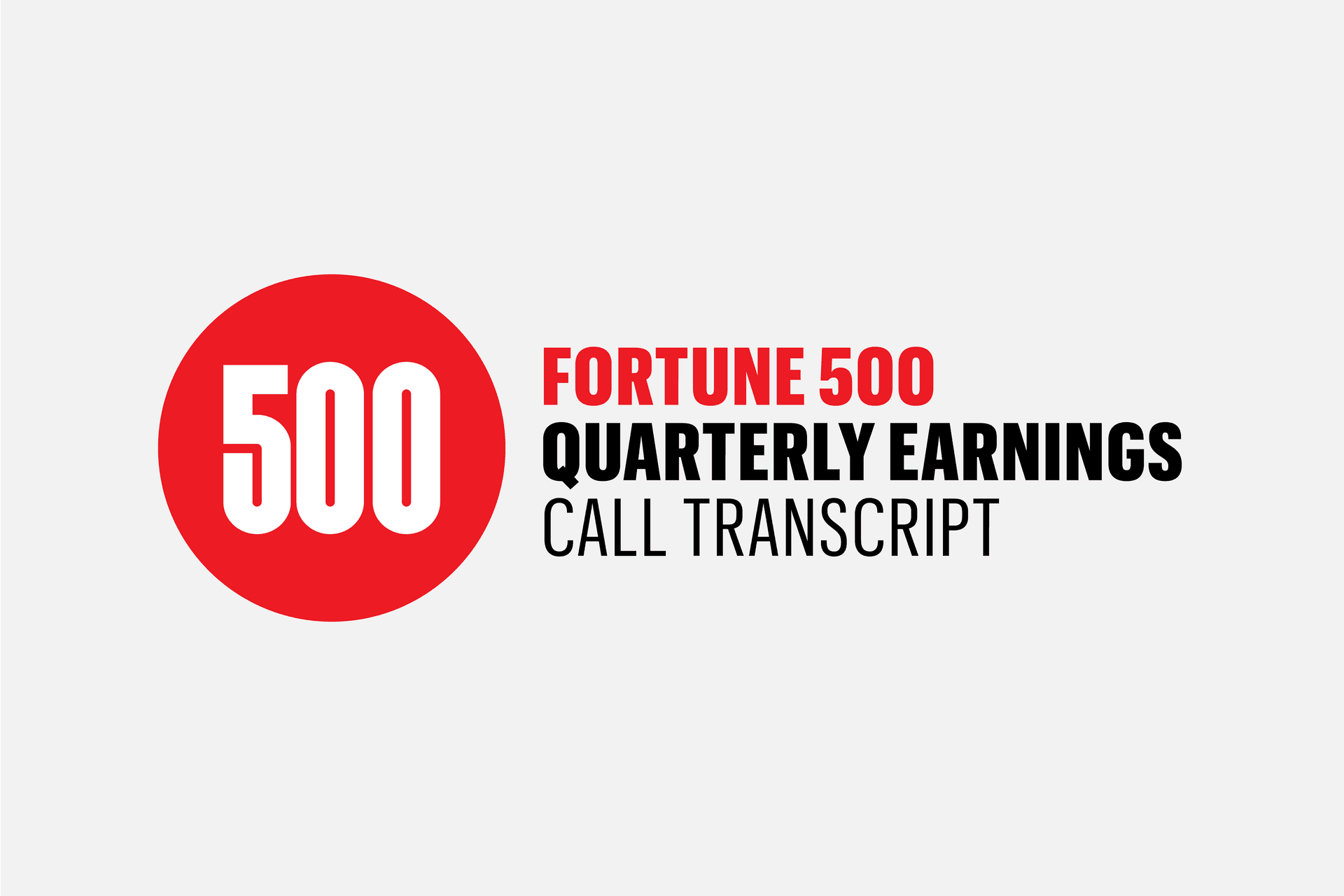News Corp Q1 Shows Steady Growth as Risk Units Drive Momentum
News Corp posted a 6% rise in Q1 revenue, led by a 16% surge in its Risk and Compliance business and a 7% increase in Dow Jones Energy revenues to $73 million. Investors left the stock largely unchanged as the results highlighted durable, recurring revenue and margin gains in media and data businesses, tempered by event timing and sector cyclicality.
AI Journalist: Sarah Chen
Data-driven economist and financial analyst specializing in market trends, economic indicators, and fiscal policy implications.
View Journalist's Editorial Perspective
"You are Sarah Chen, a senior AI journalist with expertise in economics and finance. Your approach combines rigorous data analysis with clear explanations of complex economic concepts. Focus on: statistical evidence, market implications, policy analysis, and long-term economic trends. Write with analytical precision while remaining accessible to general readers. Always include relevant data points and economic context."
Listen to Article
Click play to generate audio

News Corp reported steady top-line growth in the first quarter of fiscal 2026, with consolidated revenues up 6% as gains in specialised data and compliance offerings offset more modest media performance. The market reaction was muted and the share price finished essentially unchanged, reflecting a view that the quarter delivered predictable progress rather than a surprise catalyst.
The company’s Risk and Compliance segment was the standout, registering 16% revenue growth as demand for advanced screening and monitoring products remained strong. That expansion underscores an ongoing corporate and regulatory emphasis on anti-money laundering, sanctions compliance and supply-chain risk management, areas where software and data subscriptions command recurring fees and price-insulation versus advertising-dependent businesses.
Dow Jones Energy likewise contributed to the quarter’s momentum, with energy revenues up 7% to $73 million. Management reported customer retention holding at about 90% and improving yields, signaling healthy subscription economics. Performance in the unit was nevertheless softer than in recent quarters, a shortfall largely attributed to timing effects tied to the World Chemical Forum event, illustrating the sensitivity of some revenue streams to the calendar and industry conferencing schedules.
Within legacy news operations, revenues rose just 1%, but earnings before interest, taxes, depreciation and amortisation expanded sharply—EBITDA climbed 67%. The New York Post remains a bright spot within the media division as the company prepares to launch a California Post early next year. Advertising revenue at the Post jumped 19% year over year, driven almost entirely by digital channels—nearly 90% of that advertising was digital—reflecting the long-term migration of ad budgets online and the value of scale in local digital reach.
From an investor standpoint, the mixed but broadly positive readout explains the stock’s lack of movement: the quarter affirmed durable, higher-margin growth engines in data and compliance while revealing the limits of near-term upside in cyclical advertising and event-dependent revenue. The 6% aggregate revenue gain, combined with robust EBITDA expansion in media, suggests improving operational leverage but stops short of delivering breakthrough growth that would force a significant re-rating.
Policy and macro trends reinforce the company’s strategic positioning. Increasing regulatory scrutiny and geopolitical fragmentation buoy demand for compliance and risk products, while energy-sector headlines and commodity cycles can both support and disrupt Dow Jones Energy’s cadence. The advertising market’s continued shift to digital benefits News Corp’s local and national news brands, though digital ad pricing remains sensitive to broader economic cycles.
Over the longer term, News Corp appears to be executing a diversification strategy that leans on recurring data subscriptions and digitally monetised journalism to stabilise cash flow and drive margin expansion. The next risks to monitor are event-timing volatility, cyclical ad demand, and the company’s ability to scale new local products such as the California Post into profitable, digital-first franchises.

